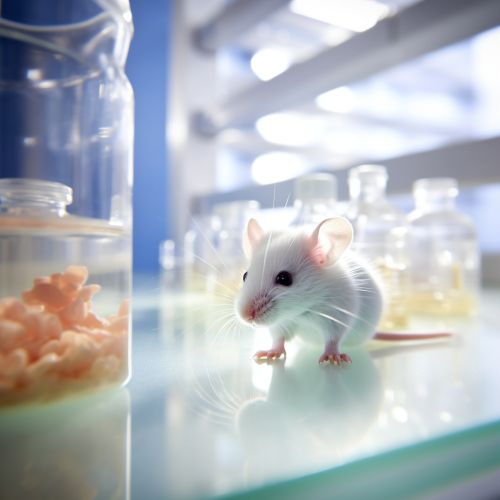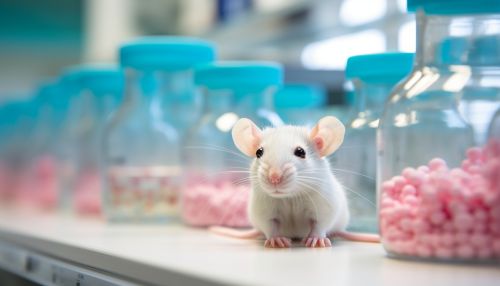Transgenesis
Introduction
Transgenesis is a biotechnological process that involves the introduction of foreign DNA into the genome of an organism. This process allows for the manipulation of the genetic makeup of an organism, enabling the expression of new traits or the alteration of existing ones. The process of transgenesis has been pivotal in various fields, including agriculture, medicine, and genetic research.
Process of Transgenesis
The process of transgenesis involves several steps, each of which requires a high degree of precision and control. The first step in the process is the isolation of the gene of interest. This gene is then inserted into a vector, which is typically a plasmid or a virus. The vector is then introduced into the host organism, where it integrates the foreign DNA into the host's genome. This process is often facilitated by the use of enzymes such as restriction endonucleases and ligases.
Once the foreign DNA has been integrated into the host genome, the host organism begins to express the new trait. This expression is typically monitored through the use of genetic markers, which are sequences of DNA that have a known location on a chromosome and can be used to track the presence of the foreign DNA.
Applications of Transgenesis
Transgenesis has a wide range of applications in various fields. In agriculture, transgenic crops have been developed to improve yield, resist pests, and tolerate harsh environmental conditions. In medicine, transgenic animals are used for the production of pharmaceuticals and for the study of human diseases. In genetic research, transgenesis is used to study gene function and regulation.
Transgenic Organisms
Transgenic organisms are those that have had foreign DNA integrated into their genome. These organisms are often used in research to study gene function and regulation. Transgenic animals, particularly mice, are commonly used in medical research to model human diseases and to test potential treatments. Transgenic plants, on the other hand, are often used in agriculture to improve crop yield and resistance to pests and diseases.
Ethical and Environmental Considerations
While transgenesis has many potential benefits, it also raises a number of ethical and environmental concerns. These include issues related to animal welfare, the potential for unintended ecological impacts, and the potential for the creation of organisms with novel and potentially harmful traits. It is therefore important that the use of transgenesis be regulated and monitored to ensure that it is used responsibly and ethically.
See Also


